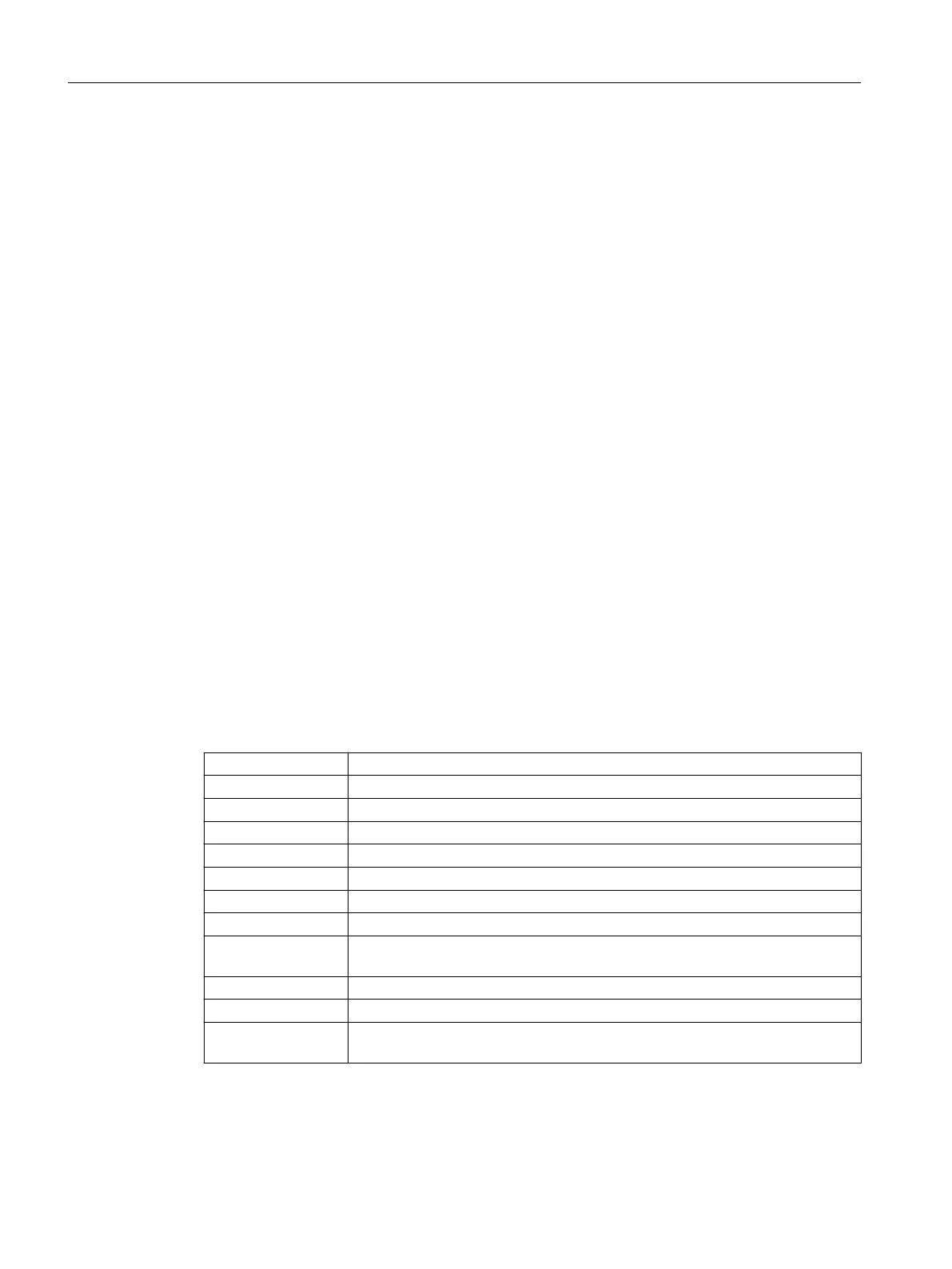When the function is activated, the control calculates the intermediate points in such a way that
the transition to the following block (or the transition from previous block during retraction) is
performed in accordance with the specified parameters.
The approach movement consists of a maximum of four sub-movements. The starting point of
the movement is called P
0
, the end point P
4
in the following. Up to three intermediate points P
1
,
P
2
and P
3
can be between these points. Points P
0
, P
3
and P
4
are always defined. Intermediate
points P
1
and P
2
can be omitted, according to the parameters defined and the geometrical
conditions. On retraction, the points are traversed in the reverse direction, i.e. starting at P
4
and
ending at P
0
.
Syntax
Smooth approach:
● With a straight line:
G147 G340/G341 ... DISR=..., DISCL=..., DISRP=... FAD=...
● With a quadrant/semicircle:
G247/G347 G340/G341 G140/G141/G142/G143 ... DISR=... DISCL=...
DISRP=... FAD=...
Smooth retraction:
● With a straight line:
G148 G340/G341 ... DISR=..., DISCL=..., DISRP=... FAD=...
● With a quadrant/semicircle:
G248/G348 G340/G341 G140/G141/G142/G143 ... DISR=... DISCL=...
DISRP=... FAD=...
Meaning
G147: Approach with a straight line
G148: Retraction with a straight line
G247: Approach with a quadrant
G248: Retraction with a quadrant
G347: Approach with a semicircle
G348: Retraction with a semicircle
G340: Approach and retraction in space (default setting)
G341: Approach and retraction in the plane
G140: Approach and retraction direction dependent on the current compensation side
(default setting)
G141: Approach from the left or retraction to the left
G142: Approach from the right or retraction to the right
G143: Approach and retraction direction dependent on the relative position of the start
or end point to the tangent direction
Fundamentals
2.10 Tool radius compensation
NC programming
272 Programming Manual, 12/2019, 6FC5398-2EP40-0BA0

